Hi there, pet lovers! 🐸
Are you captivated by the vibrant world of amphibians? The Amazon Milk Frog (Trachycephalus resinifictrix), also known as the Mission Golden-Eyed Tree Frog, is a stunning and fascinating species that has captured the hearts of many amphibian enthusiasts. With their striking black-and-white coloration, gold-flecked eyes, and unique behaviors, these frogs are a true standout in the world of exotic pets. However, they are not for everyone. In this detailed review, we’ll explore everything you need to know about Amazon Milk Frogs, from their care requirements and temperament to their availability and cost. Whether you’re considering adding one to your collection or simply curious about these remarkable creatures, this guide will help you make an informed decision.
Overview
Amazon Milk Frogs are medium-sized, arboreal amphibians native to the Amazon Rainforest in South America. They are known for their bold black-and-white patterns, gold-speckled eyes, and occasional blue hues that peek through their skin. These frogs are nocturnal, meaning they are most active at night, and they thrive in humid, tropical environments. Here’s a quick summary of what makes them unique:
- Handling and Temperament: Best admired rather than handled frequently; calm but sensitive to chemicals and oils.
- Care and Maintenance: Moderate care requirements, including specific humidity, temperature, and feeding needs.
- Health and Durability: Generally hardy but sensitive to environmental changes and improper care.
- Availability: Widely available through breeders, expos, and specialty pet stores.
- Cost: Affordable to purchase but requires a moderate initial investment in setup and supplies.
- Overall: A rewarding pet for experienced amphibian enthusiasts who can meet their specific care needs.
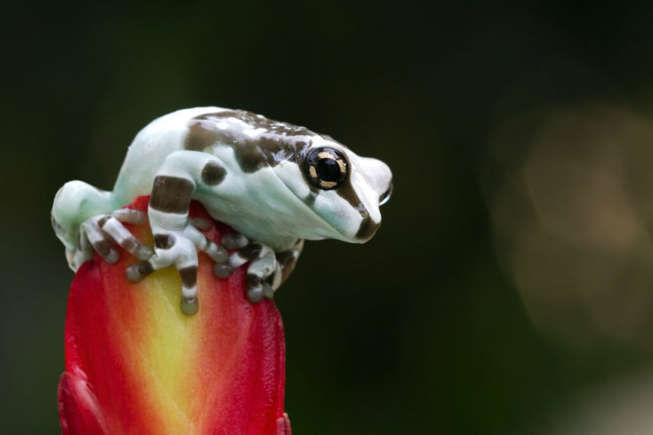
Why Choose an Amazon Milk Frog?
Amazon Milk Frogs are ideal for those who appreciate the beauty and uniqueness of amphibians but are prepared to invest time and effort into their care. Their striking appearance and engaging behaviors make them a captivating addition to any terrarium. However, they are not beginner-friendly pets. Their sensitivity to environmental changes and specific care requirements make them better suited for experienced keepers or those willing to learn and adapt.
These frogs are relatively low-maintenance compared to some other exotic pets, but they do require consistent attention to their habitat and diet. If you’re ready to create a mini rainforest in your home and enjoy observing their nocturnal antics, the Amazon Milk Frog might be the perfect pet for you.
Handling and Temperament
Amazon Milk Frogs are best admired from a distance rather than handled frequently. While they are generally calm and not overly jumpy, their delicate skin is highly sensitive to oils, chemicals, and dirt. Handling should be kept to a minimum and always done with clean, wet hands or gloves to avoid harming the frog.
Personality and Behavior
- These frogs are nocturnal, meaning they are most active at night. During the day, they tend to rest on branches or leaves, blending into their surroundings.
- They are relatively calm compared to other tree frogs, making them less stressful to interact with when necessary.
- Amazon Milk Frogs are excellent climbers, thanks to their powerful suction-cup-like toe pads. They can effortlessly navigate vertical surfaces and even catch themselves mid-jump with a single toe!
Handling Tips
- Always handle with clean, wet hands or wear gloves to protect their sensitive skin.
- Avoid handling for extended periods, as they can dry out quickly.
- Be cautious when moving them, as they can jump if startled.
While these frogs are not ideal for frequent handling, their calm demeanor and unique behaviors make them a joy to observe in their habitat.
Care and Maintenance
Caring for an Amazon Milk Frog requires dedication and attention to detail. Their habitat must mimic the humid, tropical environment of the Amazon Rainforest, and their diet must be carefully managed to ensure proper nutrition.
Enclosure Setup
- Size: A 20-gallon vertical terrarium is suitable for a pair of adult frogs. Larger enclosures are recommended for more space and enrichment.
- Climbing Space: As arboreal frogs, they need plenty of vertical space with branches, vines, and foliage for climbing and hiding.
- Substrate: Use coconut fiber, sphagnum moss, or a bioactive substrate to retain moisture and maintain humidity. Avoid loose substrates that can cause impaction.
- Hiding Spots: Provide plenty of hiding spots, such as cork bark or artificial plants, to make them feel secure.
Humidity and Temperature
- Humidity: Maintain humidity levels between 60–80%. Mist the enclosure at least once or twice daily to keep the environment moist.
- Temperature: Keep the temperature between 75–82°F during the day, with a slight drop at night. Avoid temperatures above 85°F, as they can be harmful.
Feeding
- Diet: Amazon Milk Frogs are insectivores and thrive on a diet of live insects such as crickets, roaches, and mealworms.
- Supplements: Dust their food with calcium and vitamin supplements twice a week to ensure proper nutrition.
- Feeding Schedule: Feed juveniles daily and adults every other day, adjusting portion sizes based on their appetite.
Lighting
- Amazon Milk Frogs do not require UVB lighting if their diet is properly supplemented, but low-level UVB lighting can benefit their overall health and well-being.
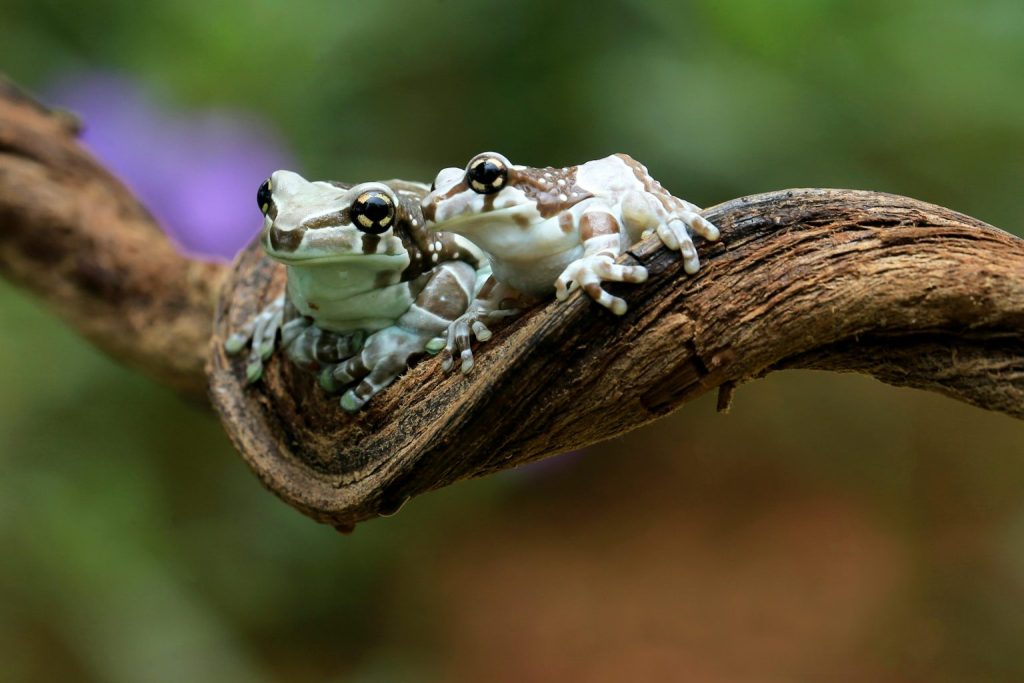
Health and Durability
Amazon Milk Frogs are generally hardy when kept in the right conditions, but they are sensitive to environmental changes and improper care. With proper attention, they can live 8–10 years or longer in captivity.
Common Health Issues
- Dehydration: Caused by low humidity levels. Ensure the enclosure is misted regularly and provide a shallow water dish for soaking.
- Skin Infections: Result from poor water quality or unclean environments. Always use dechlorinated water and keep the enclosure clean.
- Parasites: Wild-caught frogs may carry parasites. Always source captive-bred frogs from reputable breeders.
Preventative Care
- Maintain proper humidity and temperature levels.
- Provide a balanced diet with supplements.
- Keep the enclosure clean and free of mold or stagnant water.
Availability and Cost
Amazon Milk Frogs are widely available through breeders, reptile expos, and specialty pet stores. Captive-bred frogs are the best option, as they are healthier and less likely to carry parasites.
Where to Buy
- Breeders: Reputable breeders offer healthy, well-cared-for frogs.
- Reptile Expos: Great for meeting breeders and seeing a variety of frogs in person.
- Pet Stores: Some specialty stores carry Amazon Milk Frogs, but captive-bred options are preferred.
Cost
- Frog Price: $30 to $50 for juveniles, with rare color morphs costing more.
- Setup Cost: $150 to $300 for a basic enclosure, furnishings, and supplies.
- Ongoing Costs: Approximately $20 to $40 per month for food, supplements, and maintenance.
Pros and Cons
Pros
- Striking and unique appearance.
- Relatively calm and easy to observe.
- Long lifespan for an amphibian (8–10 years or more).
- Widely available from reputable breeders.
Cons
- Sensitive to environmental changes and improper care.
- Require frequent misting and humidity monitoring.
- Not ideal for frequent handling.
- Need a steady supply of live insects.
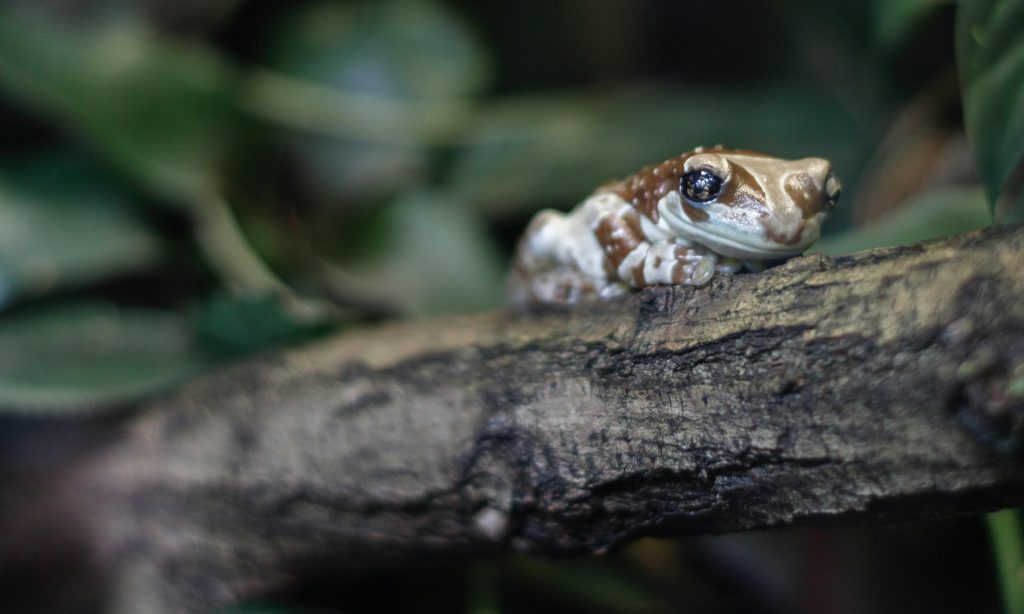
Final Thoughts
The Amazon Milk Frog is a stunning and rewarding pet for experienced amphibian enthusiasts who can meet their specific care needs. Their striking appearance, calm demeanor, and fascinating behaviors make them a captivating addition to any terrarium. However, their sensitivity to environmental changes and specific care requirements make them better suited for dedicated keepers.
If you’re ready to create a tropical rainforest in your home and provide the care these unique frogs need, the Amazon Milk Frog might be the perfect pet for you.
Have you owned an Amazon Milk Frog Frog? Share your experiences and tips in the comments below! We’d love to hear how you care for your frog and what makes them special to you.
For more tips on amphibian care and reviews, stay tuned to our blog and don’t forget to subscribe to our newsletter! 🐸



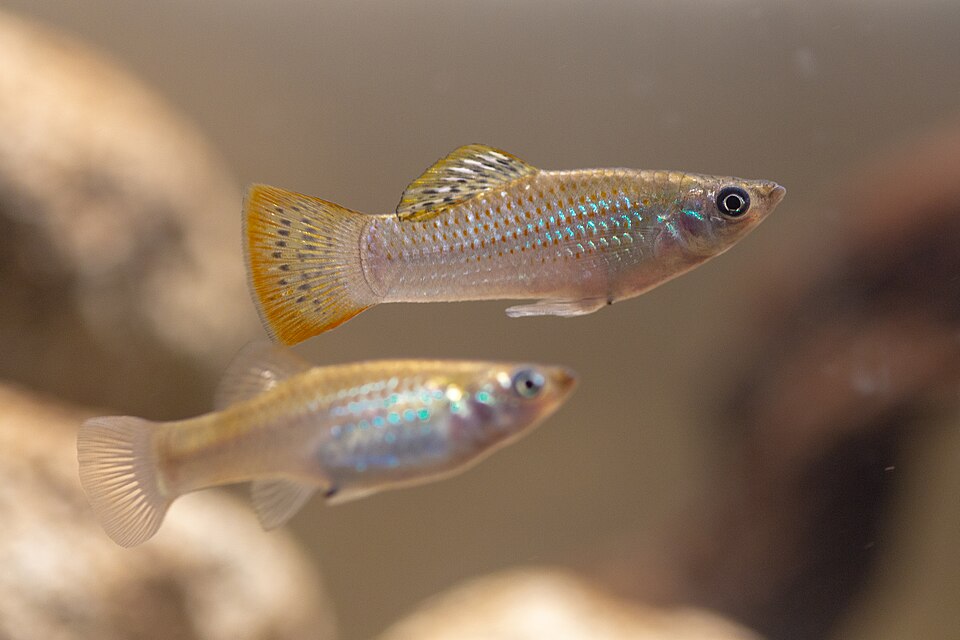
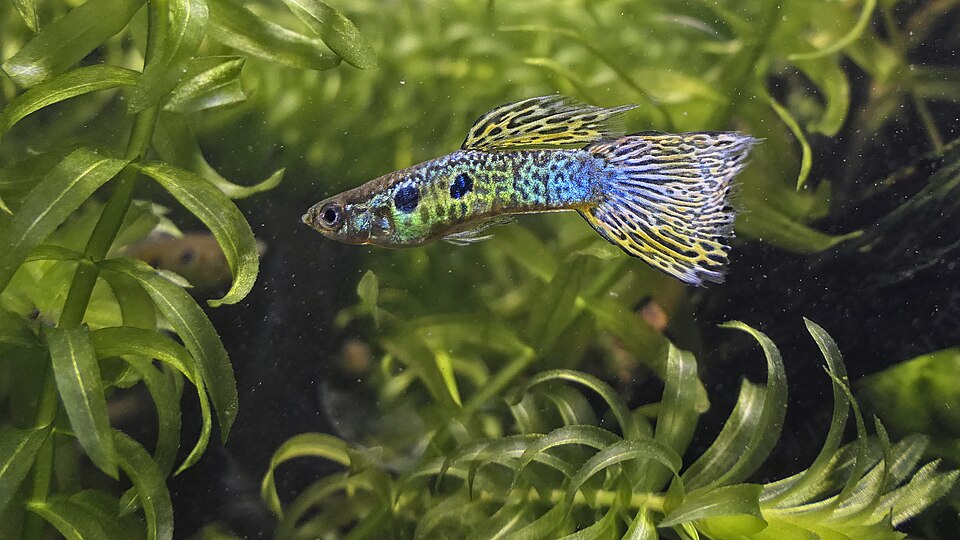
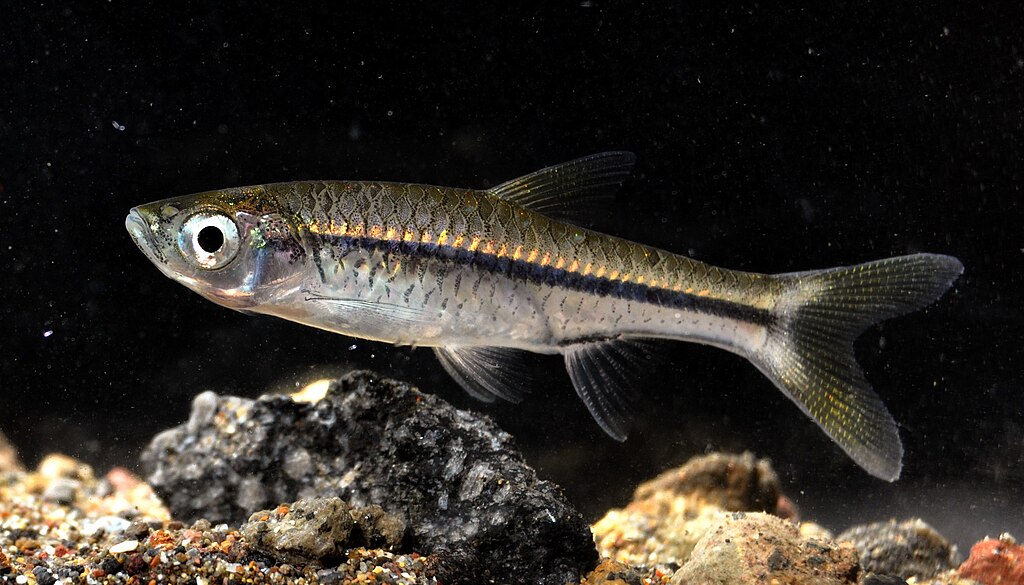
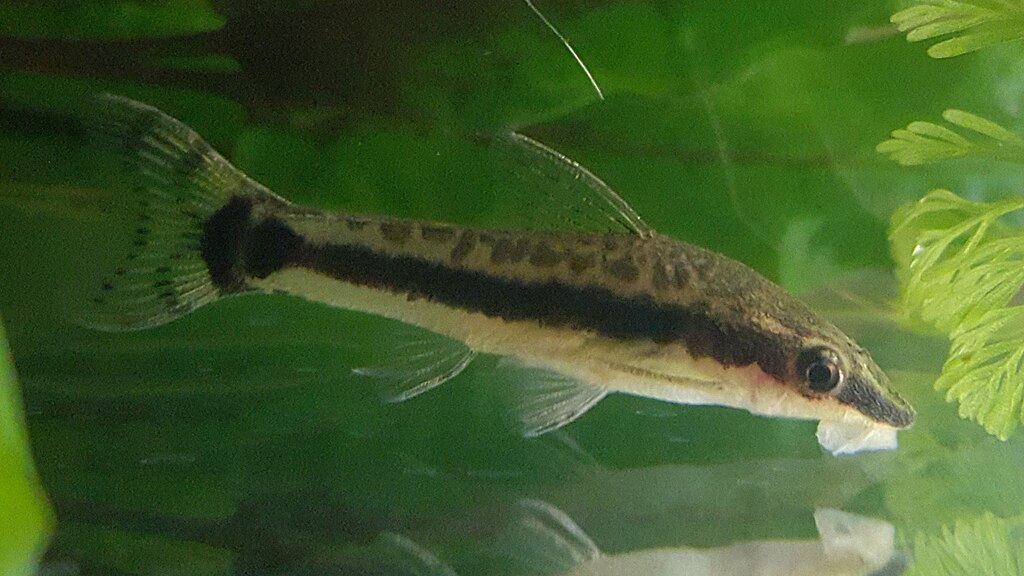

Leave a Reply